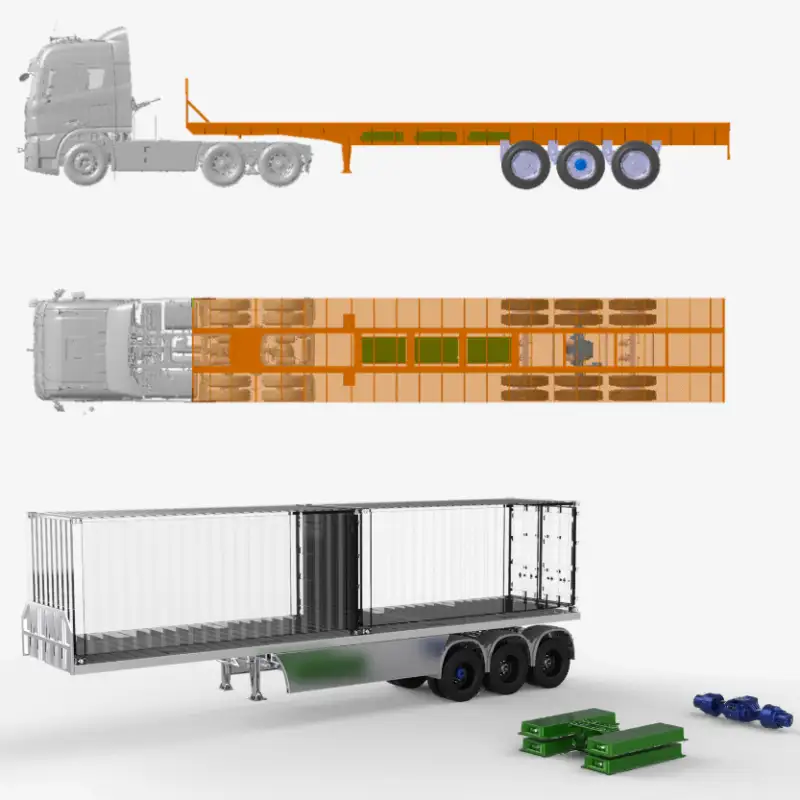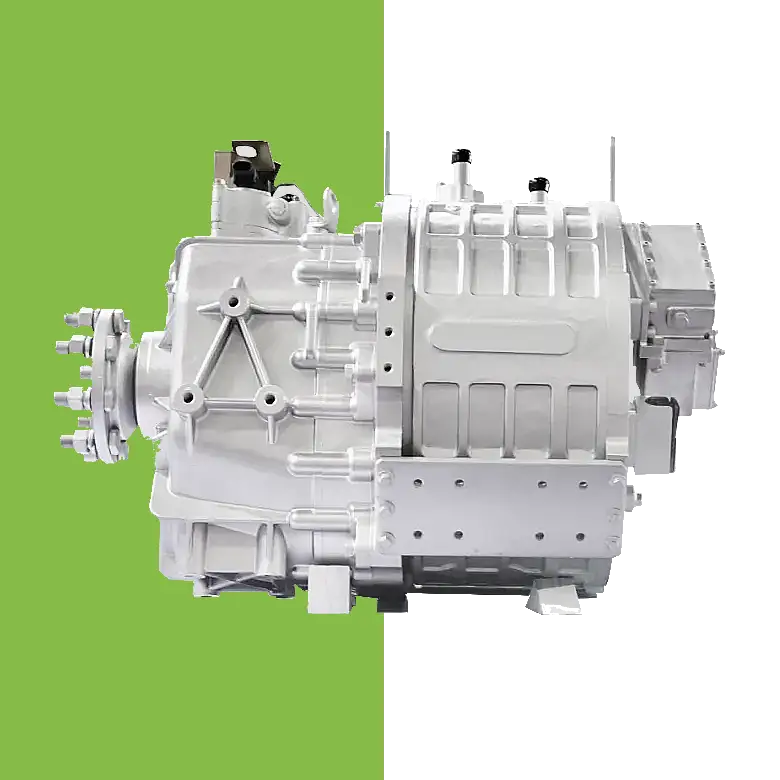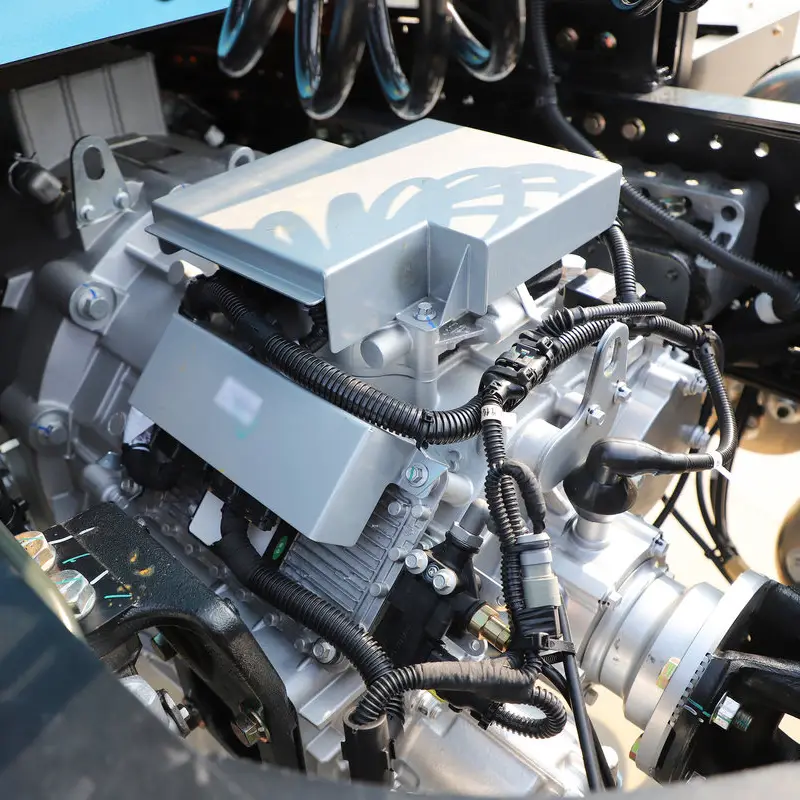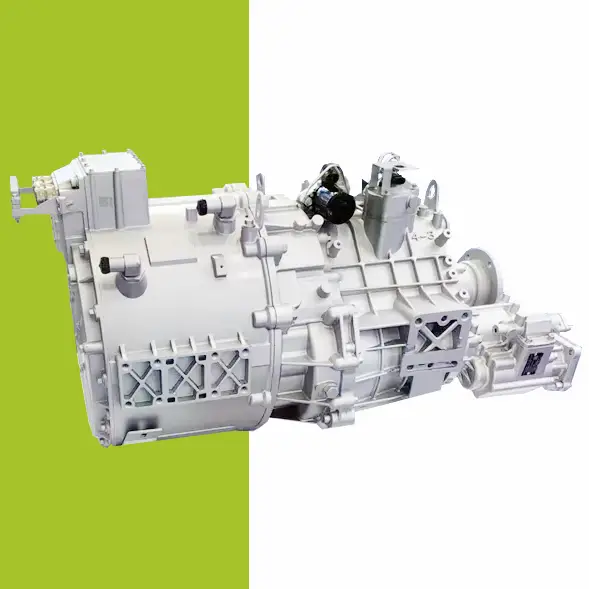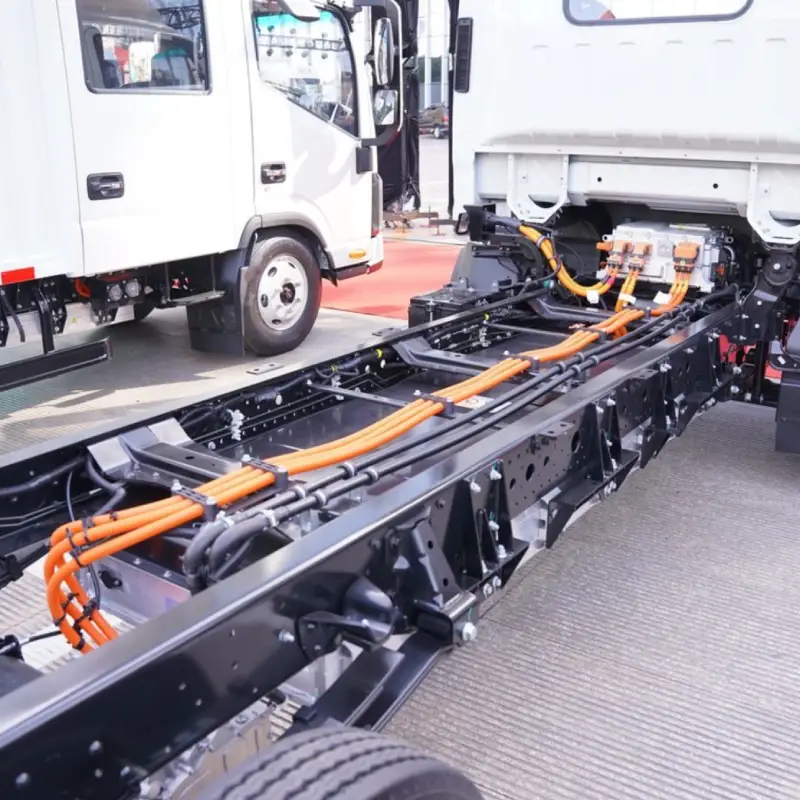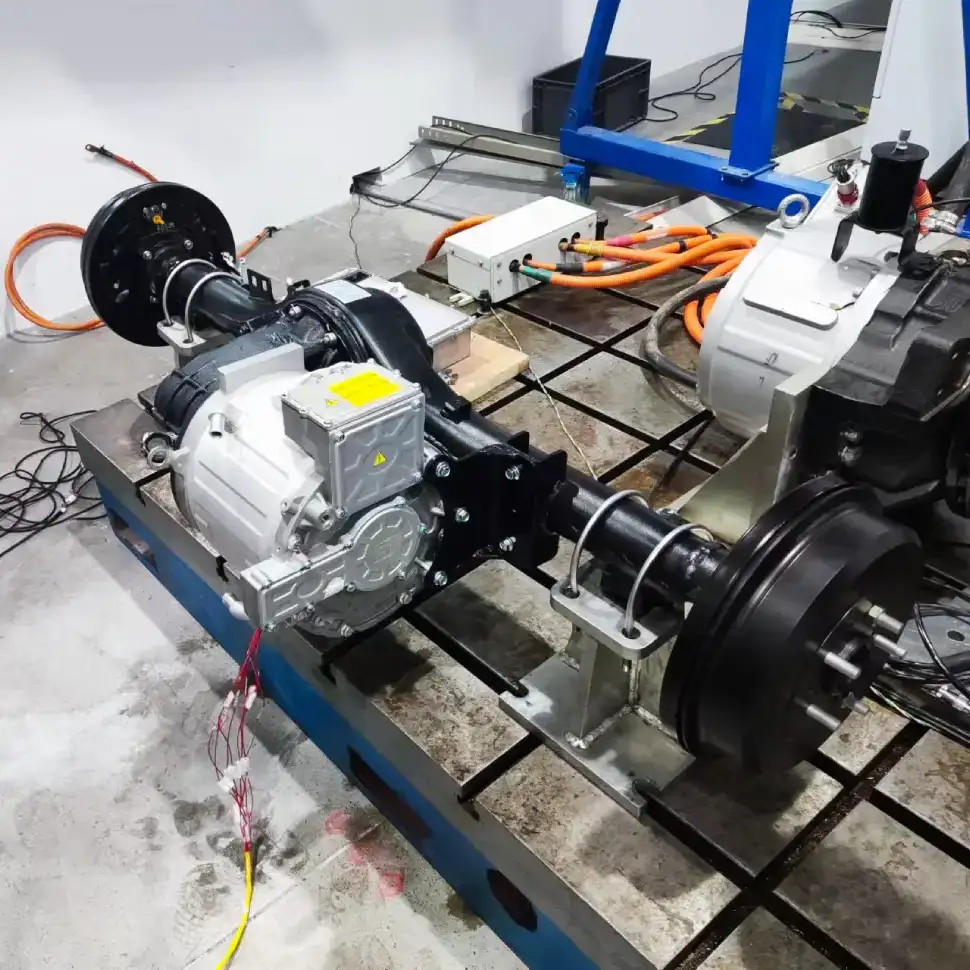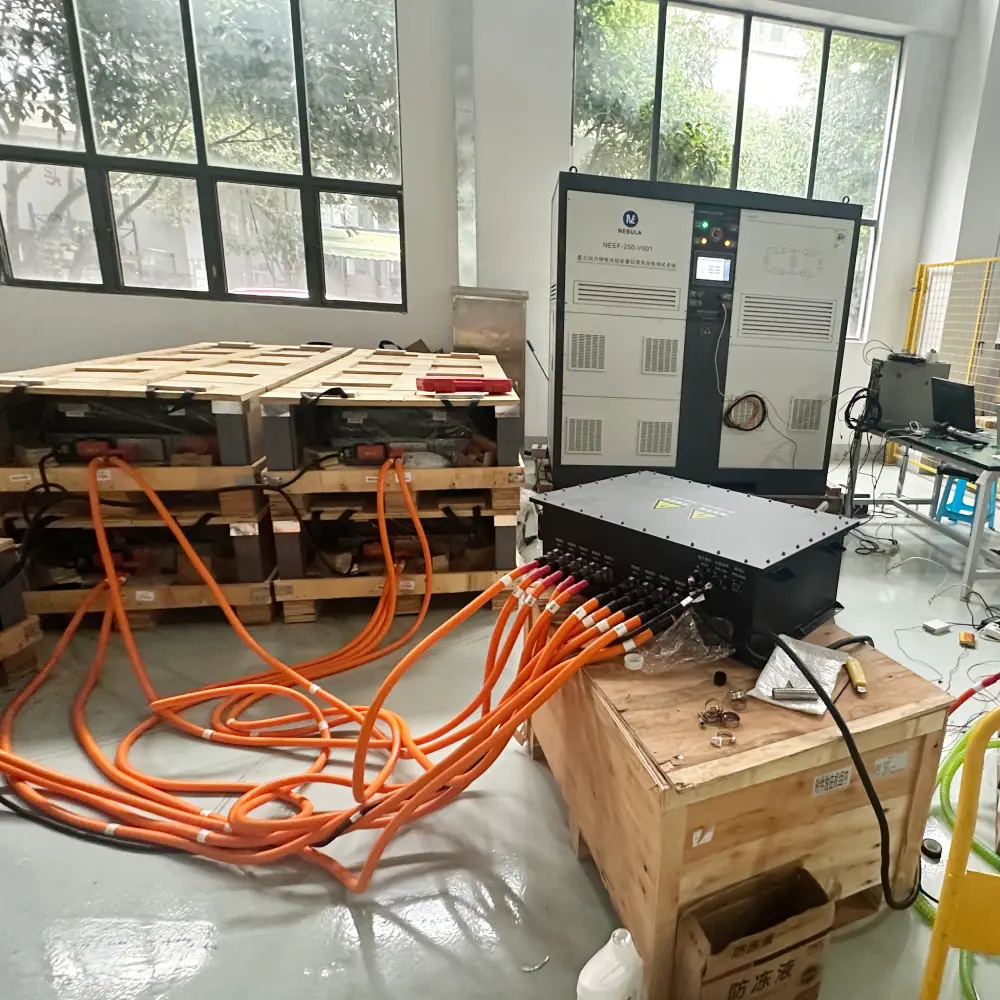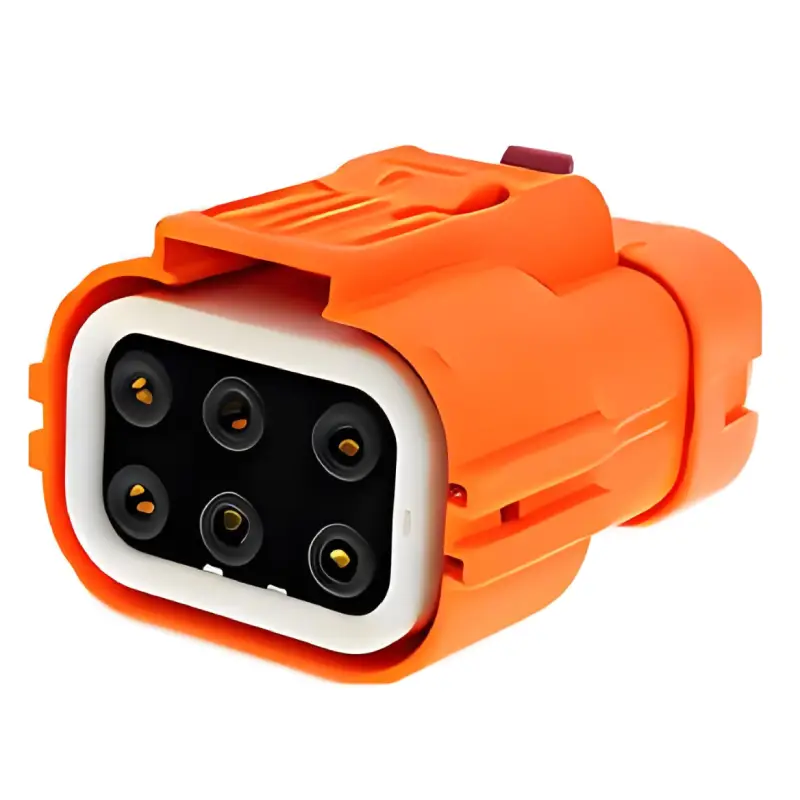Electrified Trailers: Driving the Next Evolution of Semi-Trailer Trucks
Electrified Trailers: Driving the Next Evolution of Semi-Trailer Trucks 1. The Strategic Role of Semi Trailers in Commercial Vehicles In the commercial vehicle sector, semi-trucks and semi-trailers are typically manufactured by two separate companies. While semi-truck sales often attract more attention, semi-trailers represent an equally important and sizeable market segment. The performance of a tractor-trailer combination largely depends on how well the two units are coordinated and matched. Electrifying semi-trailers brings new opportunities. By integrating batteries into trailers, the overall driving range can be extended. In more advanced scenarios, an electrified trailer could even supply supplementary power to the semi-truck, reducing operating costs. This multi-mode adaptability – whether paired with internal combustion engine (ICE) semi-trucks, hybrid semi-trucks, or fully electric semi-trucks – creates flexibility in today’s mixed market where ICE trucks still dominate. For fleet operators, return on investment must be visible in the short term. This is why leasing models for intelligent or electrified trailers are emerging: the upfront cost of advanced perception and drive systems is high, but a leasing approach allows broader adoption. Traditional semi-trailers are already widely leased in the logistics sector, making this model a natural fit. 2. Technical Trends: Architecture of Electrified Trailers Despite trailers’ relatively simple structures, electrification presents unique engineering challenges. Semi-trailers require integration of electric drive components, with the most efficient solution being the use of an electric drive axle (e-axle) (Discover our e-axle solution for electrified trailers here). With the mature e-axle technology, trailers can become independent driving units, capable of moving under their own power while still requiring support from the semi-truck. This allows for better performance when combined with semi-trucks, as integrated control systems can optimize the overall semi-trailer truck dynamics beyond what conventional, loosely coupled combinations can achieve. Advantages of Semi-Trailer Truck Integrated Control With Electrified Trailers Energy Efficiency: Up to 20%-30% reduction in fuel consumption and CO₂ emissions through optimized power coordination; More than 50% of braking energy can be recovered; Supply power to refrigeration units or other auxiliary equipment. Performance: Improved traction on slippery surfaces (up to +80%); Enhanced acceleration (time reduced by 50%); Stronger climbing ability; Safer lane-change and overtaking capability. Cost Benefits: Lower lifecycle operating costs; Better synergy with smart vehicle technologies; Moderate weight increase offset by efficiency gains. Safety: Improved stability; Reduced risk of jackknifing or trailer swing; Integration with braking systems enables advanced dual electric braking control. Electrified trailer with Brogen e-axle solutions Electrified trailer with Brogen e-axle solutions 3. Engineering Challenges in Electrified Trailers Adapting semi-truck e-drive technology to trailers is technically feasible. The primary challenges lie in: Integrated Control: Developing precise tractor-trailer coordination strategies. Electronic Architecture: Reconfiguring trailer E/E systems to support additional electric drive and control functions. Lightweight Design: Since gross vehicle weight limits are fixed, adding e-axles and batteries reduces payload. This necessitates advanced materials and optimized structural design to preserve carrying capacity. 4. Industry Outlook and the Future of Electrified Trailer The commercial vehicle industry faces a paradox of limited market size but high R&D demands, as system complexity in trucks far exceeds that of passenger cars. This tension requires innovative approaches to balance performance, cost, and adoption. Under the dual trends of electrification and intelligent vehicle systems, technologies such as smart chassis, electrified trailers, and tractor-trailer integrated control are becoming core areas of research and competition. Electrified trailers, with their potential to boost efficiency, safety, and versatility, are set to become a vital part of the commercial transport market. 5. Toward Our Electrified Trailer Solution While challenges remain, the trajectory is clear: electrified trailers will reshape the performance of semi-trailer trucks. Our electrified trailer solution builds upon these insights – delivering integrated power, control, and efficiency to unlock new value for logistics operators. We deliver an integrated electrified trailer solution, covering electric axle, controller, and battery system. Hardware + software co-developed for seamless performance, simplified integration, and faster time-to-market. Discover our electrified trailer solution here: https://brogenevsolution.com/electrified-trailer-solution/ Business inquiry: contact@BrogenEVSolution.com Contact Us Get in touch with us by sending us an email, using the Whatsapp number below, or filling in the form below. We usually reply within 2 business days. Email: contact@brogenevsolution.com Respond within 1 business day Whatsapp: +8619352173376 Business hours: 9 am to 6 pm, GMT+8, Mon. to Fri. LinkedIn channel Follow us for regular updates > YouTube channel Ev systems introduction & industry insights > ContactFill in the form and we will get in touch with you within 2 business days.Please enable JavaScript in your browser to complete this form.Please enable JavaScript in your browser to complete this form. Name * FirstLast Work Email *Company Name *Your Project Type *– Please select –Car, SUV, MPVBus, coach, trainLCV (pickup truck, light-duty truck, etc.)HCV (heavy-duty truck, tractor, trailer, concrete mixer, etc.)Construction machinery (excavator, forklift, crane, bulldozer, loader, etc.)Vessel, boat, ship, yacht, etc.Others (please write it in the note)Your Interested Solutions *– Please select –Motore-AxleBatteryChassisAuxiliary inverterOBC / DCDC / PDUAir brake compressorEPS / EHPS / SbW / eRCBBTMSOthers (please write it in the note)Do you have other contact info? (Whatsapp, Wechat, Skype, etc.)Please introduce your project and your request here. * Checkbox * I consent to receive updates on products and events from Brogen, and give consent based on Brogen’s Privacy Policy. Submit
